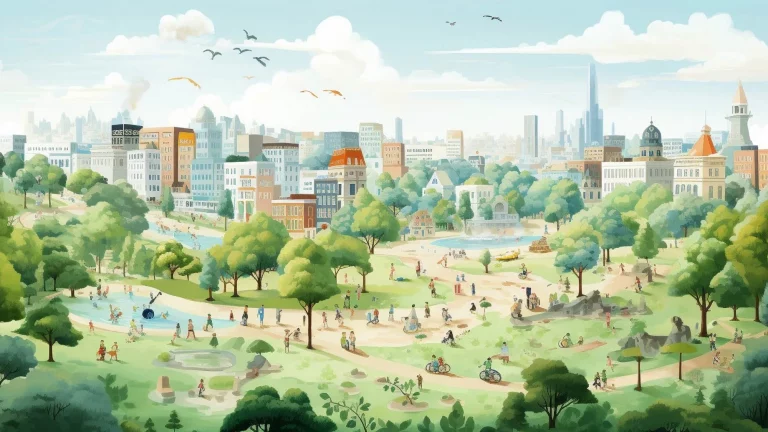July-August issue of Interactions magazine is out
Editorial: Interactions: Time, Culture, and Behavior
Jon Kolko
Over the past 10 issues, interactions has, with a great deal of conscious repetition, investigated themes of global influence, sustainability, temporal aesthetics, behavior change, and the design for culture. These issues are at the heart of the human condition – whether exploring, solving, or celebrating the relationships between people and society. These themes continually combine to offer a glimpse into designing for interaction – the ability to forge connections and bridge gaps between experiences, people, and technology.
This issue of interactions is no different, but it exemplifies a new and subtle duality: impending doom and slight optimism.
Cover story: The Waste Manifesto
Victor Margolin is professor emeritus of design history at the University of Illinois, Chicago. He is a founding editor and now co-editor of the academic design journal Design Issues. From this position, Margolin offers us an informed and historically grounded manifesto on the nature of garbage. Deemed The Waste Manifesto, Margolin describes the economics of waste, and offers a call to arms. As he writes, “At stake in attempting to create a sustainable waste economy is the issue of whether or not we can avoid social obesity, something that can paralyze us logistically, physically, and economically.”
“At The End of the World, Plant a Tree”: Six questions for Adam Greenfield
Adam Greenfield is Nokia’s head of design direction for service and user-interface design, as well as the author of Everyware: The Dawning Age of Ubiquitous Computing and the upcoming The City Is Here for You to Use. He is also a compelling speaker and articulate blogger, and has become an authority in thinking about the impact of future ubiquitous technologies on people and society. In a lengthy interview with Tish Shute recently published on UgoTrade.com, Greenfield covered numerous topics including augmented reality, Usman Haque’s Pachube project, the networked book, the networked city, and what to do at the end of the world. The interview is dense and rich, with many of the questions raised relevant to our audience. We asked Greenfield to expand on some of his answers for interactions.
–> Although not publicly available on the Interactions site, this article (which I facilitated and has clearly inspired Jon Kolko’s thinking, as becomes clear in the above editorial), can be found on Adam Greenfield’s personal site. Make of his introduction what you want.
Column: Designing the Infrastructure
Don Norman
“It is time to work on our infrastructure, which threatens to dominate our lives with ugliness, frustration, and work. We need to spend more time on infrastructure design. We need to make it more attractive, more accessible, and easier to maintain. Infrastructure is intended to be hidden, to provide the foundation for everyday life. If we do not respond, it will dominate our lives, preventing us from attending to our priority concerns and interests. Instead, we’ll just be keeping ahead of maintenance demands.”
–> Unfortunately the online version of the article comes without the figures that Norman refers to in his text.
Column: The Golden Age of Newsprint Collides With the Gilt Age of Digital Information Distribution
Elizabeth Churchill
Churchill is “screaming for a better news-reading experience on my desktop and mobile devices.”
“Certainly I love having access to so much information, but the reading experience is just not the same as the structured, well-designed experience of newspapers. News websites are like buckets of Internet storm-drain runoff, all laid out in some distorted version of their print counterparts.”
Column: Ships in the Night (Part II): Research Without Design?
Steve Portigal
In Part I Portigal looked at some different approaches to design that do or do not succeed by omitting research. Here, he examines some of the limitations of doing research without design. His conclusion: “Rather than treat research and design as separate activities (sometimes performed by siloed departments or vendors), I would encourage all the stakeholders in the product development process to advocate for an integrated approach in which design activities and research activities are tightly coordinated and aligned.”
Column: On Hopelessness and Hope
Jon Kolko
“A number of individuals -a group that is small in number but significant in its contributions- have managed to deliver on projects broad and deep. They do act as renaissance individuals, and they do manage to tackle problems that are complex and whose solutions result in important contributions.” In working with and observing these types of people, Kolko sees several commonalities.





[…] This post was Twitted by bogiezero […]